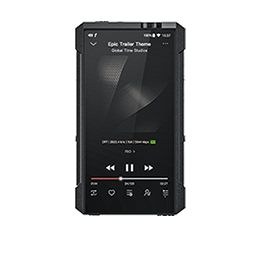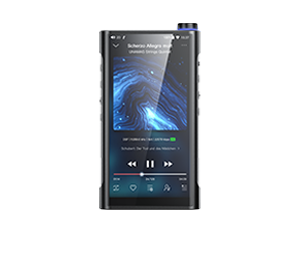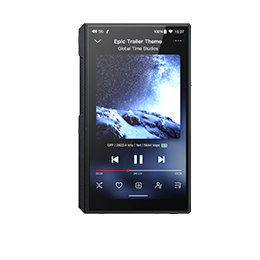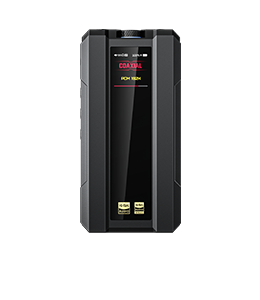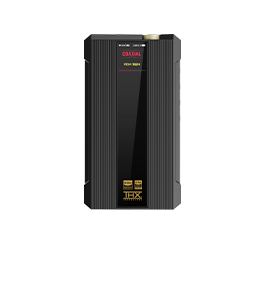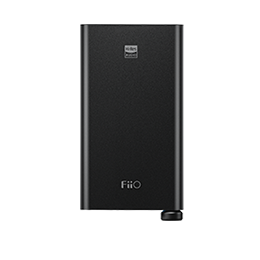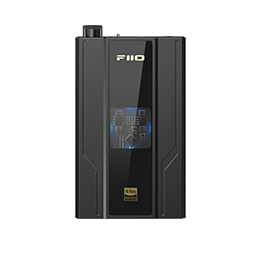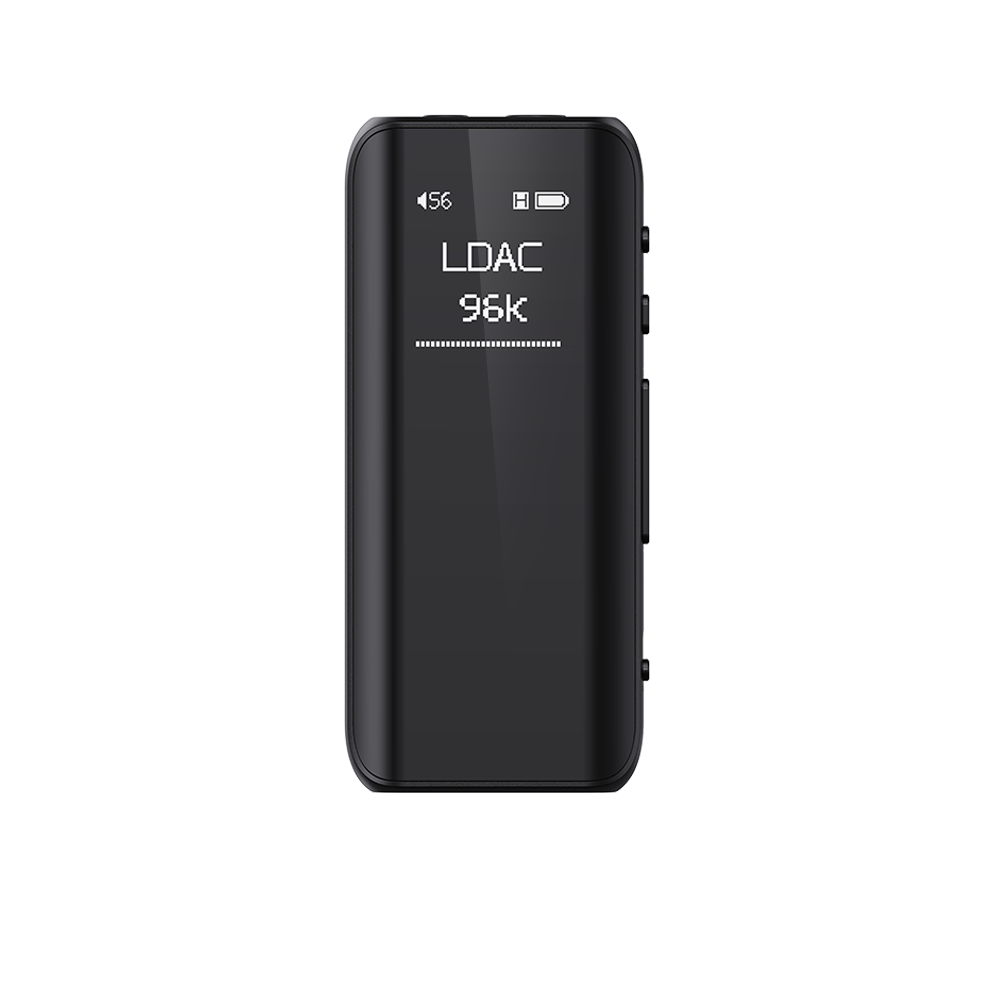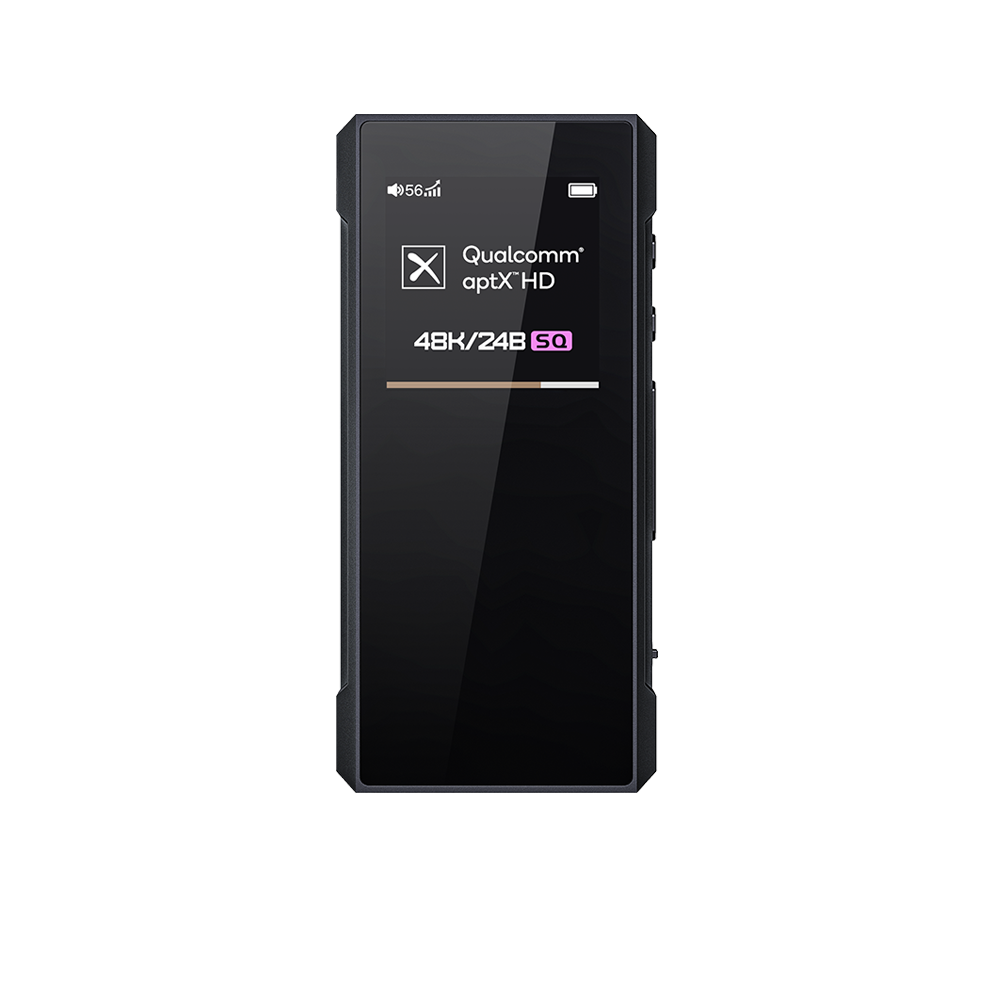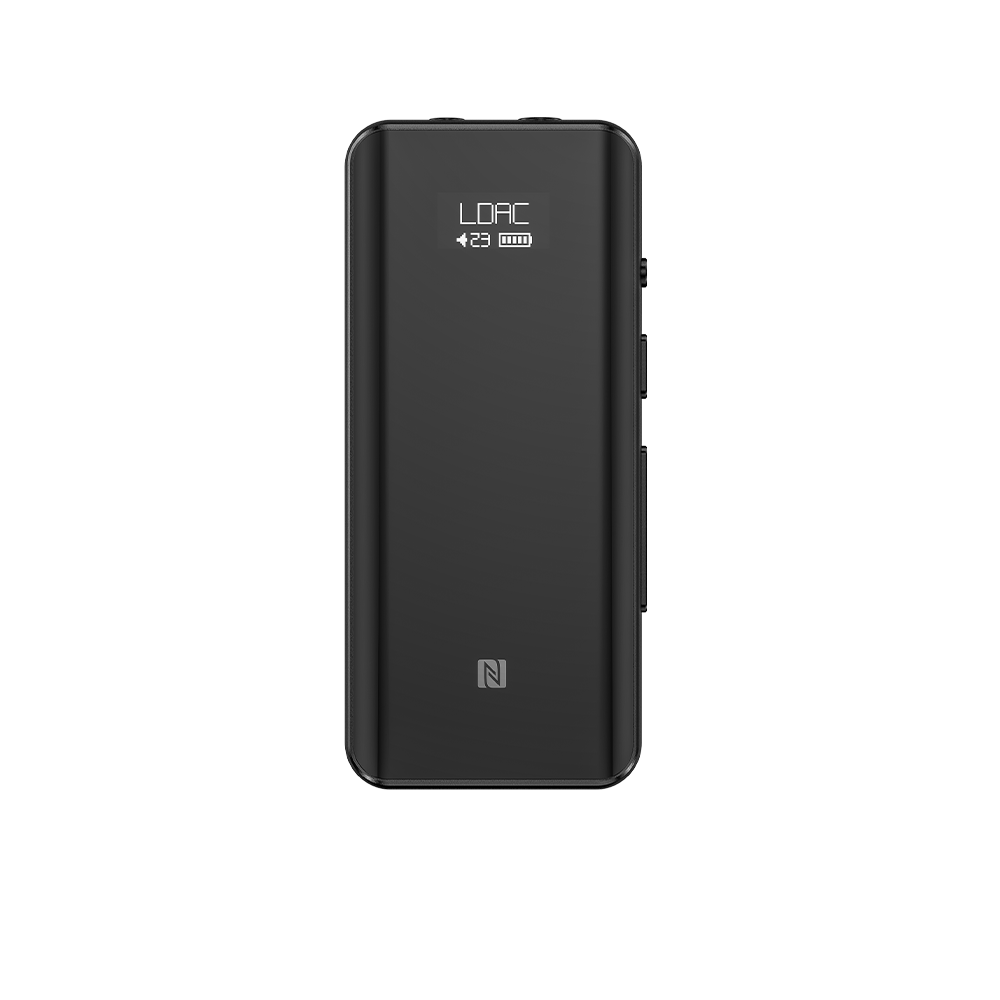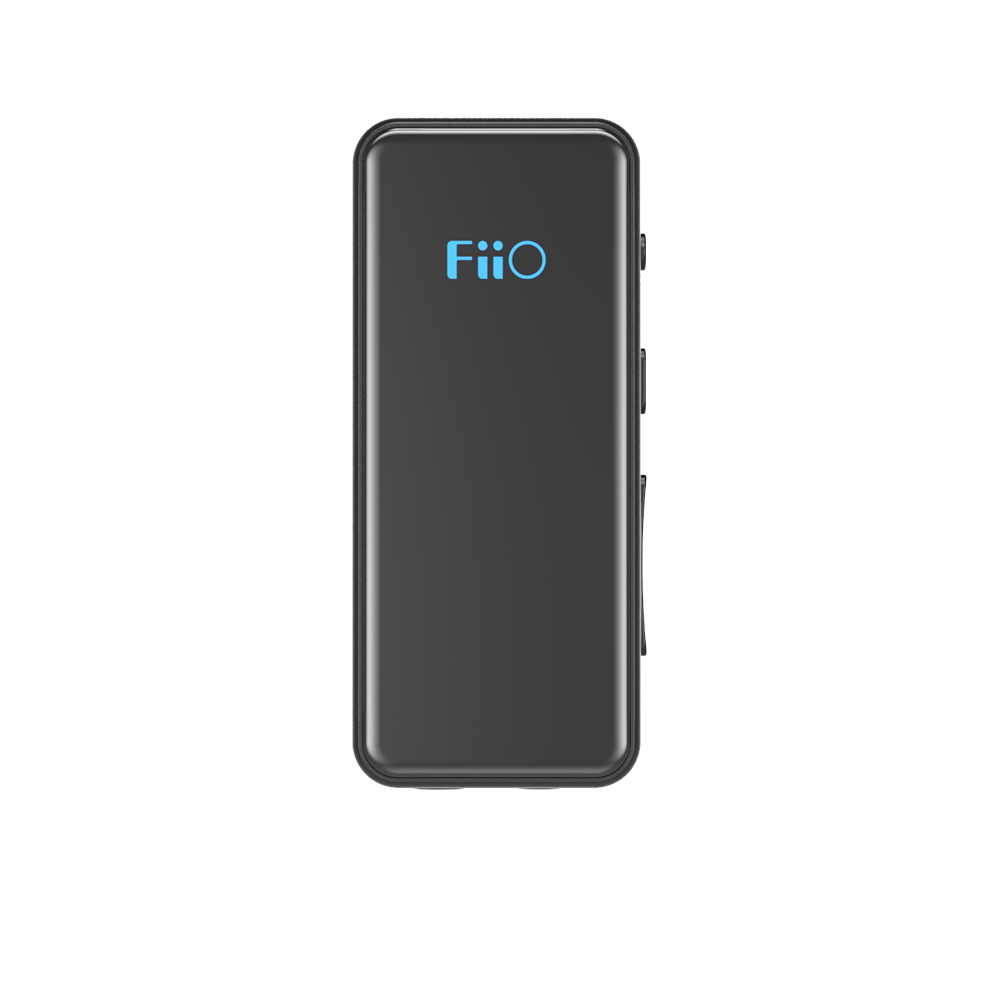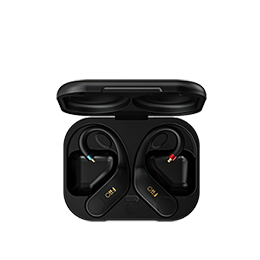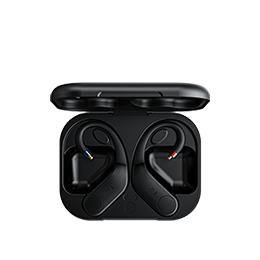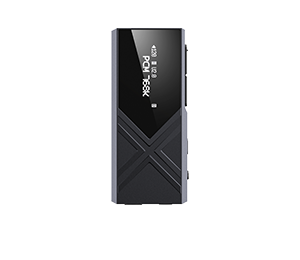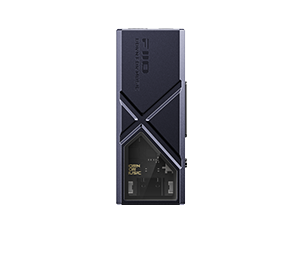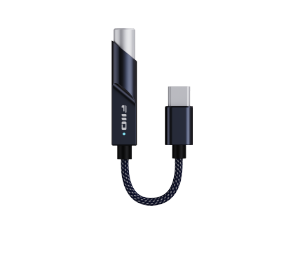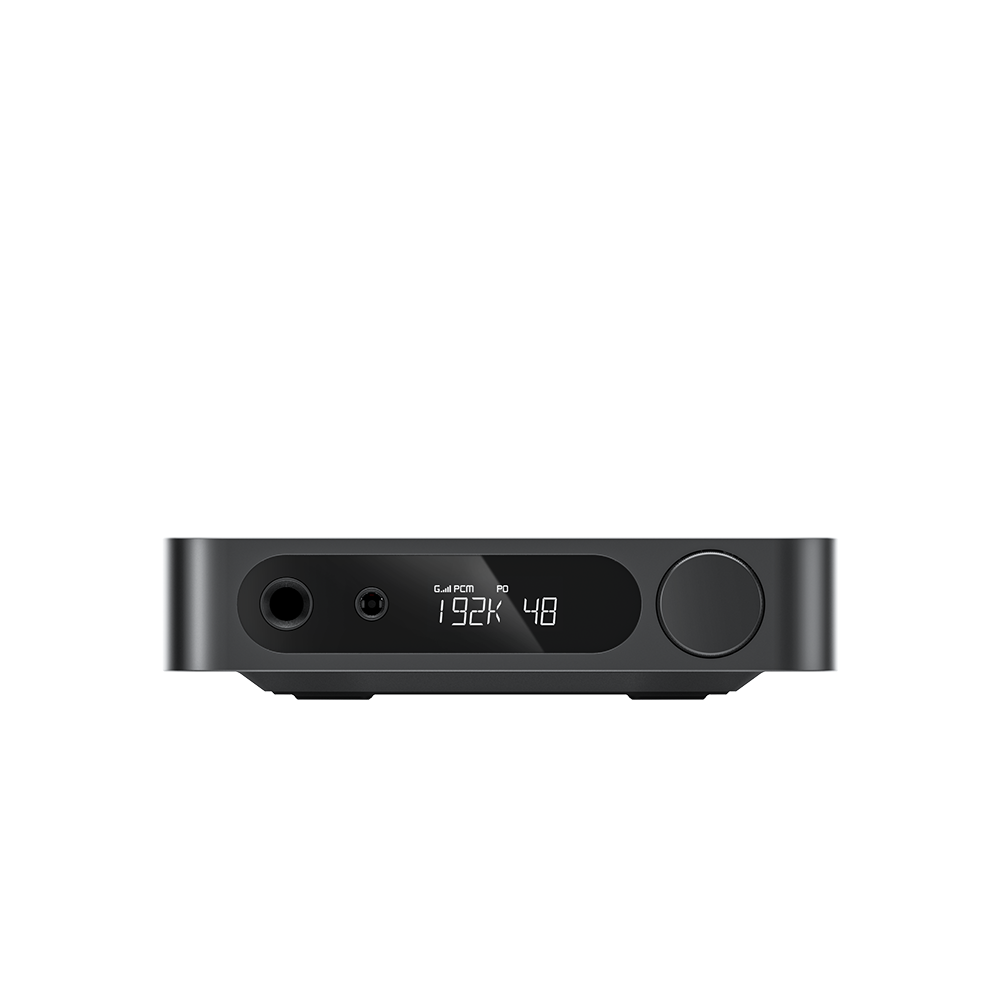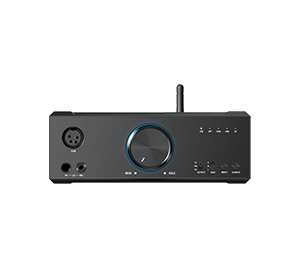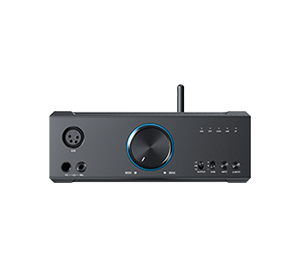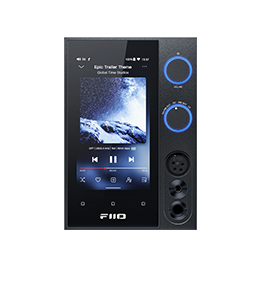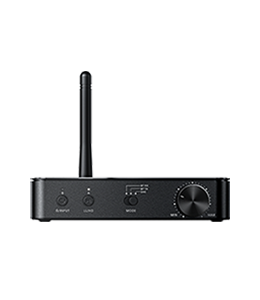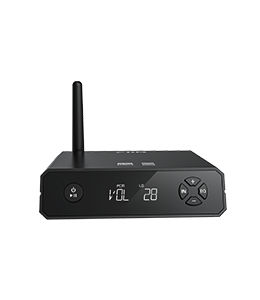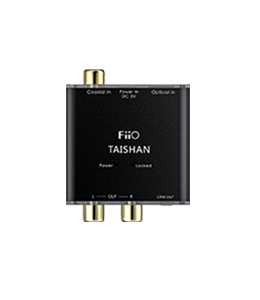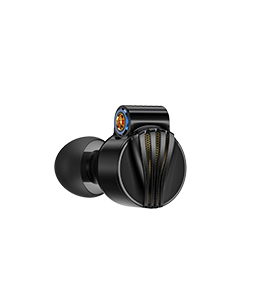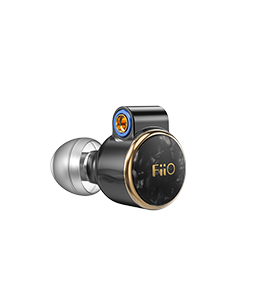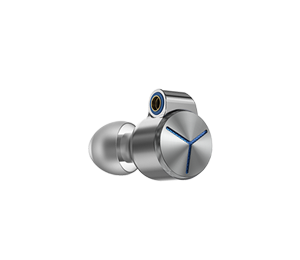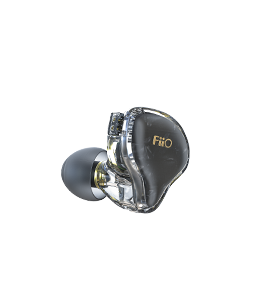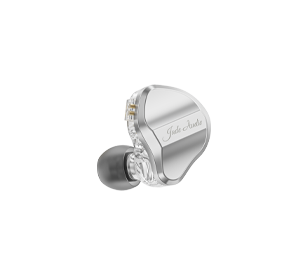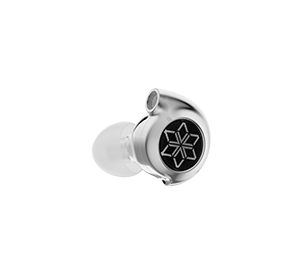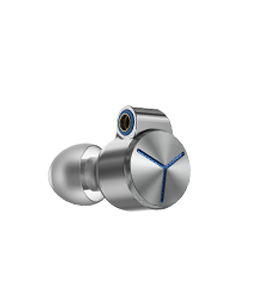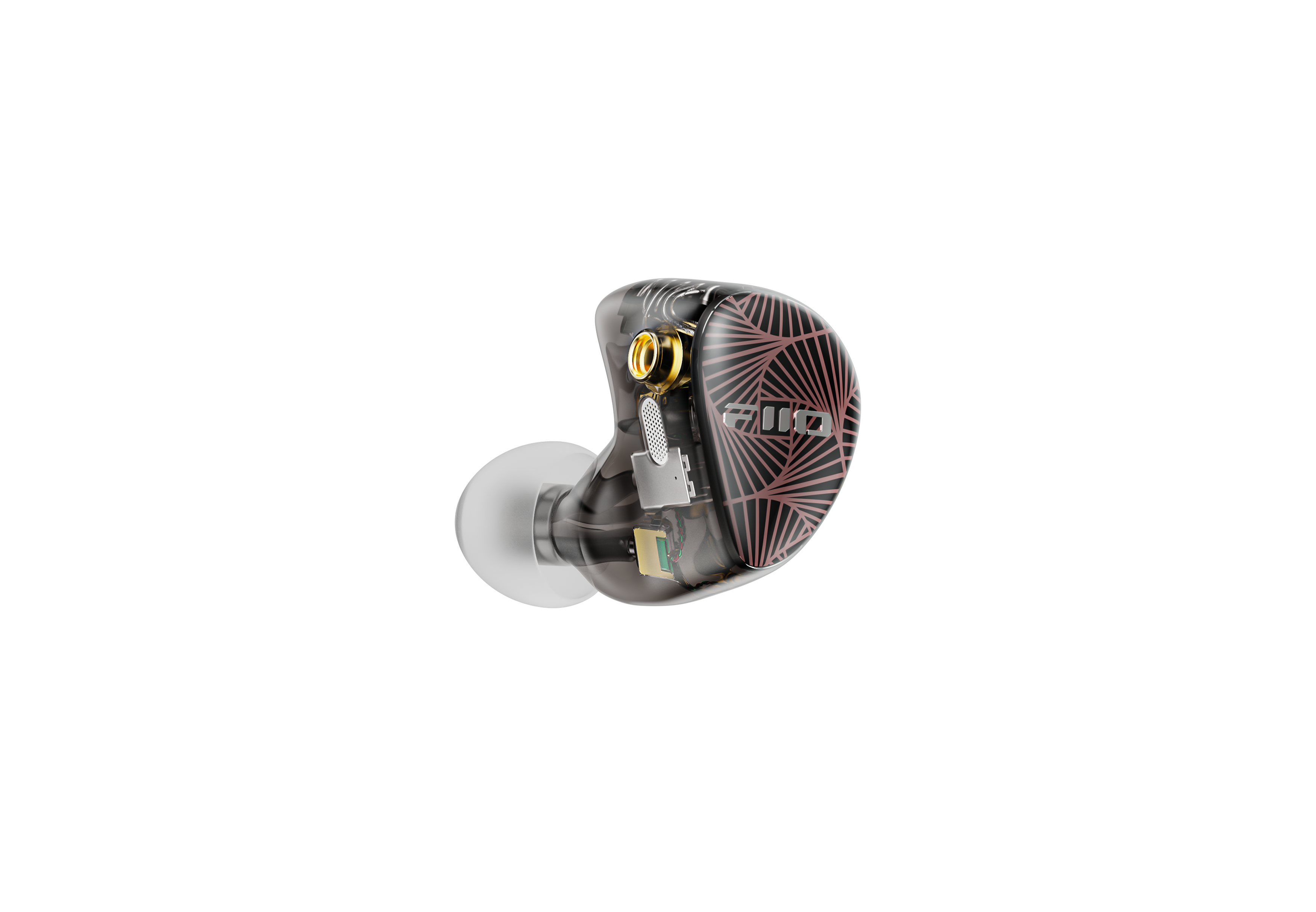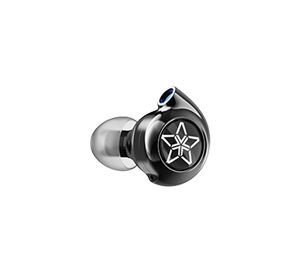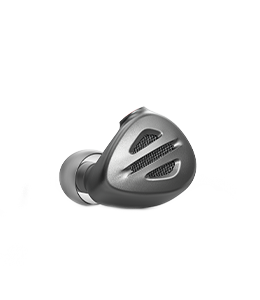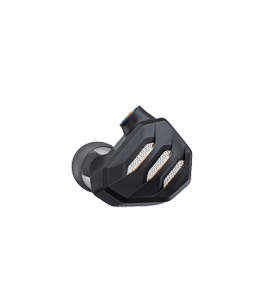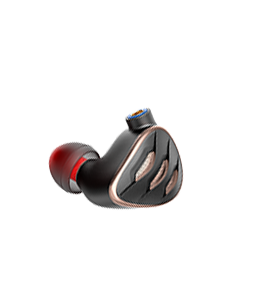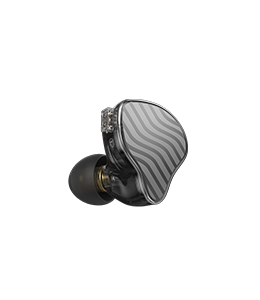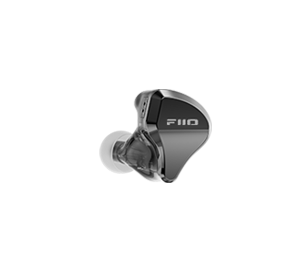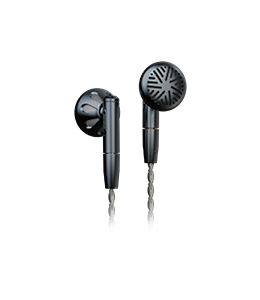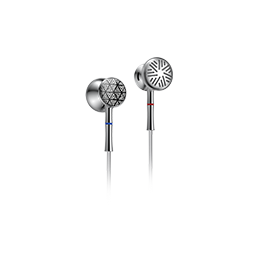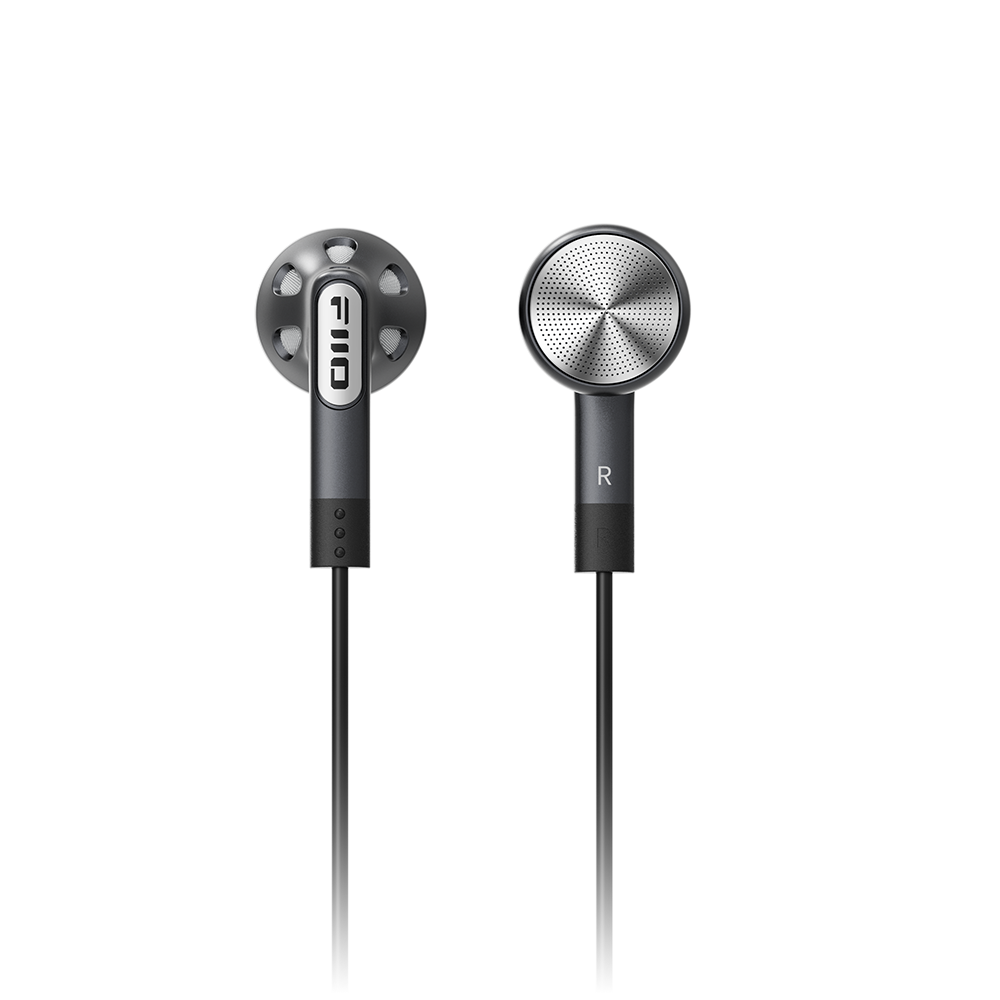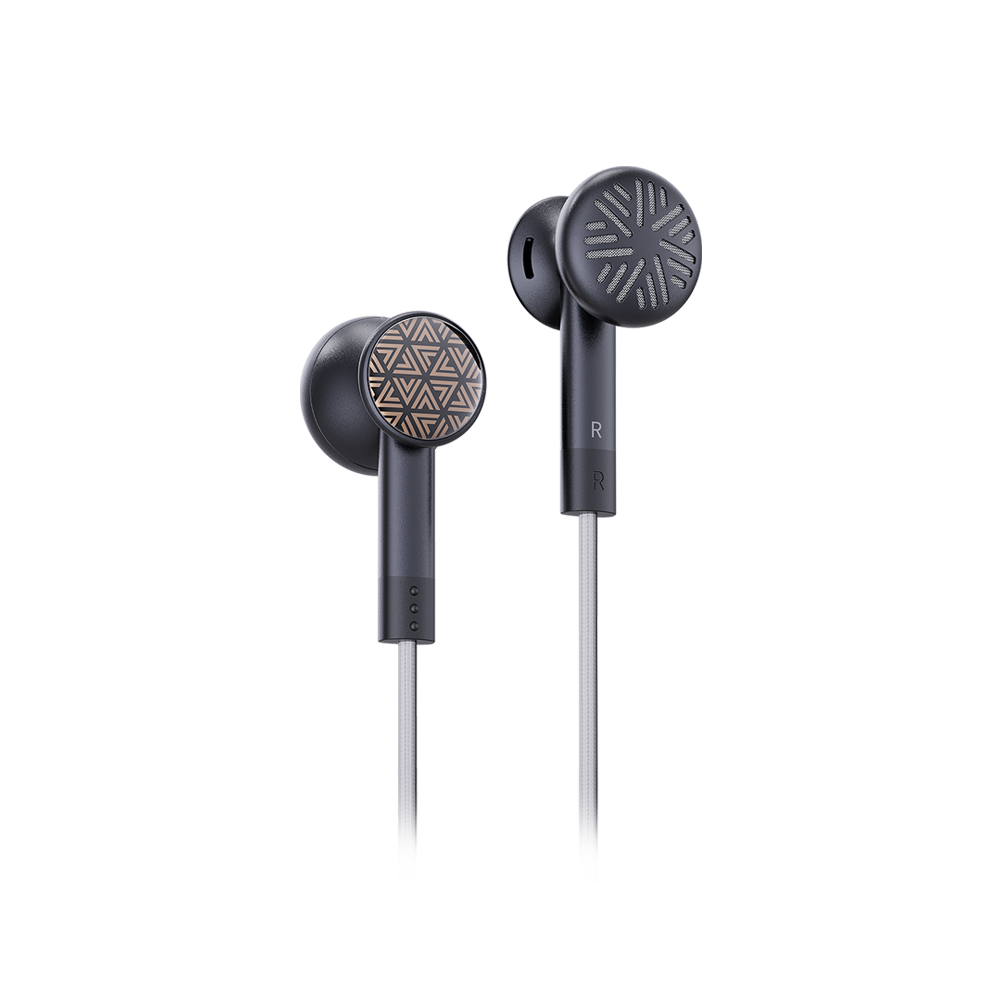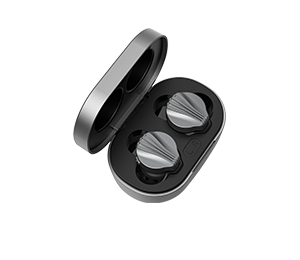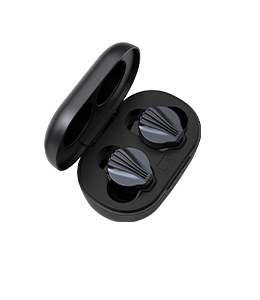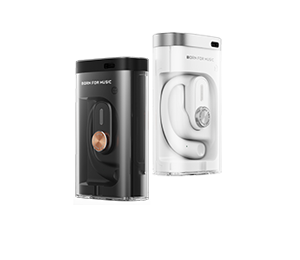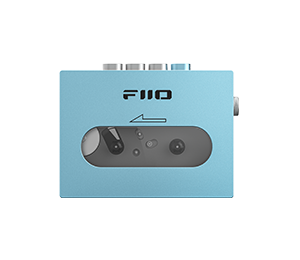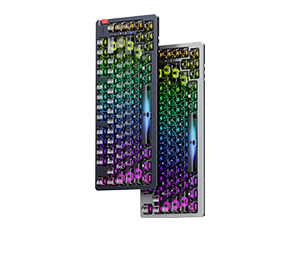17. Does the carbon fiber version of QX13 have heat accumulation issues that affect sound?
1) Compared to the KA17, the QX13 reduces power consumption by 23%. This means that at the same output power, it generates less heat, reducing thermal buildup at the source.
2) The internal design adopts thermal conductive silicone and a nickel silver heat spreader, which efficiently conducts heat away from the core sources (such as DAC/AMP chips). Heat is quickly and evenly dispersed over a larger area, effectively preventing localized heat accumulation and improving overall thermal dissipation efficiency.
3) While the thermal conductivity of carbon fiber is indeed lower than that of metal, it still has some heat conduction capability. Combined with the internal thermal management system, the large-area carbon fiber housing, and additional heat dissipation through headphone jacks and connectors, the QX13 can continuously and stably release internal heat into the air.
4) Strict thermal testing verification: In a high-temperature environment of 30°C, the QX13 was tested under continuous 24-hour playback at 20% volume in Desktop Mode (high power consumption state). The results showed that the maximum localized surface temperature of the housing reached only 43.5°C. After the test, all hardware indicators remained normal, fully proving its thermal reliability and stability under extreme conditions.
5) The QX13 is also equipped with a temperature protection mechanism. When the temperature exceeds the limit, it will automatically exit Desktop Mode and reduce volume. If the temperature continues to rise, further protection will be triggered by shutting down audio output, preventing abnormal operation due to overheating.
Conclusion: The device does not suffer from heat accumulation issues that would cause malfunction or affect sound quality.




